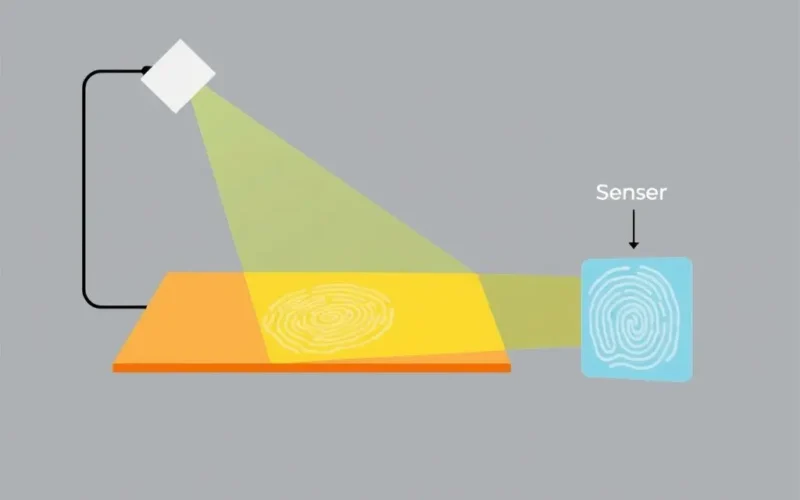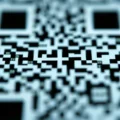Ever touched your phone screen or the side button, and in a blink, it unlocks, knowing it’s you? It feels a bit like magic, doesn’t it? But behind that seamless access lies some seriously clever technology. Your fingerprint, that unique swirl and pattern on your fingertip, isn’t just a biological quirk – it’s your personal, portable key in the digital age. But how exactly does your device read it?
It turns out, not all fingerprint scanners are created equal. The technology has evolved significantly, moving from simple surface scans to more complex, deeper analyses. Let’s pull back the curtain and see how the most common types, Optical and Ultrasonic scanners, actually make that unlock happen.
For a quick visual rundown of the core differences, take a peek at this short explanation:
Table of Contents
The Tried and True: Optical Fingerprint Scanners
Think of an optical scanner as a miniature, highly specialized camera. This is one of the oldest and most widely used types of fingerprint technology, commonly found in older smartphones, laptops, and dedicated time clock systems.
How They Work:
The process begins when you place your finger on the scanning surface. Typically, this surface is illuminated by a light source, often an array of LEDs. This light reflects off the ridges and valleys of your fingerprint. The ridges, being closer to the scanner’s surface and making better contact, reflect light differently than the valleys, which are recessed and create air gaps.
Beneath the surface is a light-sensitive sensor, usually a CCD (Charge-Coupled Device) or CMOS (Complementary Metal-Oxide-Semiconductor) sensor, similar to those found in digital cameras. This sensor captures the reflected light, essentially taking a high-resolution photograph of your fingerprint’s surface pattern. The dark areas in the captured image correspond to the ridges (where light is absorbed or reflected away from the sensor path), and the light areas correspond to the valleys (where light is reflected back). The resulting image is a 2D representation of your fingerprint’s unique pattern of lines.
Once the image is captured, software algorithms analyze it. They extract key features, known as “minutiae” points. These include points where ridges end or split (bifurcations). The spatial relationship and patterns of these minutiae points are then converted into a mathematical template. This template is what’s stored on your device during setup. When you try to unlock, a new template is generated from the live scan and compared against the stored one. If there’s a sufficient match based on the predefined criteria, the device unlocks.
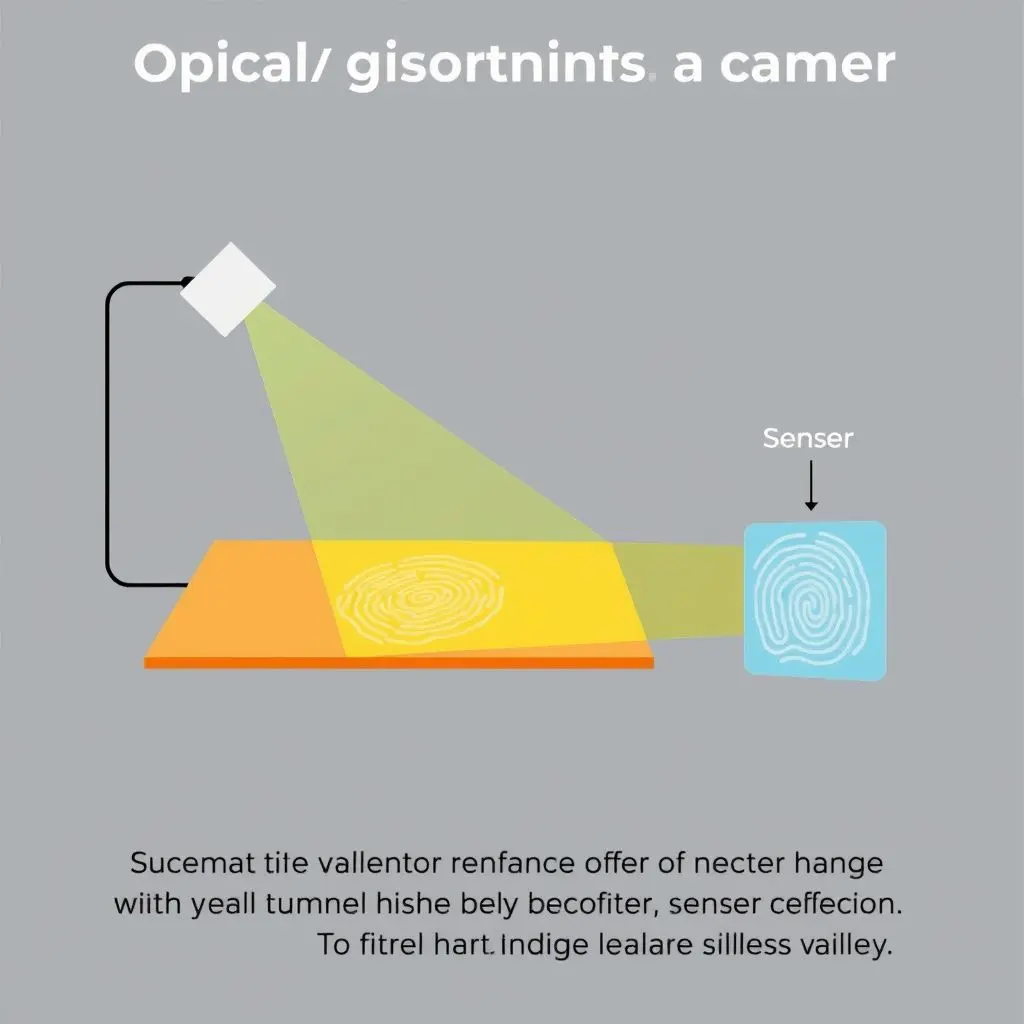
Pros of Optical Scanners:
- Generally less expensive to manufacture.
- Technologically mature and reliable in ideal conditions.
- Can be relatively fast for a surface scan.
Cons of Optical Scanners:
- Affected by Surface Conditions: This is their biggest drawback. Moisture, dirt, grease, or even significant scratches on your finger can distort the light reflection, making it difficult or impossible for the scanner to capture a clear image.
- Less Secure: Because they only read the surface pattern, high-quality fake fingerprints (made from materials like gelatin or latex) can potentially fool some optical scanners, though modern ones have countermeasures.
- Requires Direct Contact: The finger must be in good contact with the illuminated surface.
- Ambient Light Sensitivity: Strong ambient light can sometimes interfere with the scanning process.
The Next Evolution: Ultrasonic Fingerprint Scanners
Imagine using sound to ‘see’ through surfaces. That’s the fundamental idea behind ultrasonic fingerprint scanners. This technology represents a significant leap forward, particularly for in-display sensors on newer, premium smartphones.
How They Work:
Ultrasonic scanners don’t use light; they use high-frequency sound waves, well beyond the range of human hearing. When you place your finger on an ultrasonic scanner (often integrated directly into the screen), an ultrasonic transducer beneath the surface emits a pulse of these sound waves towards your fingertip.
As these sound waves hit your finger, they interact with the different structures within it – the skin’s epidermis, the dermis below, the ridges and valleys of your fingerprint, even your pores and bone structure. The waves bounce back (echo) towards the scanner, but they do so at varying speeds and intensities depending on the density and composition of the tissue they encounter.
Another part of the transducer, acting as a receiver, detects these returning echoes. The scanner then measures the time it took for each sound wave to return and the intensity of the returning signal. By mapping these variations across the entire scanned area, the system creates a incredibly detailed, three-dimensional map of your fingerprint, including the sub-surface characteristics.
This 3D map isn’t just about the surface ridges; it captures depth information, pore location, and even details about the underlying tissue. Like optical scanners, this detailed information is converted into a unique mathematical template for storage and comparison. When you scan again, a new 3D map is generated and compared to the stored template for authentication.
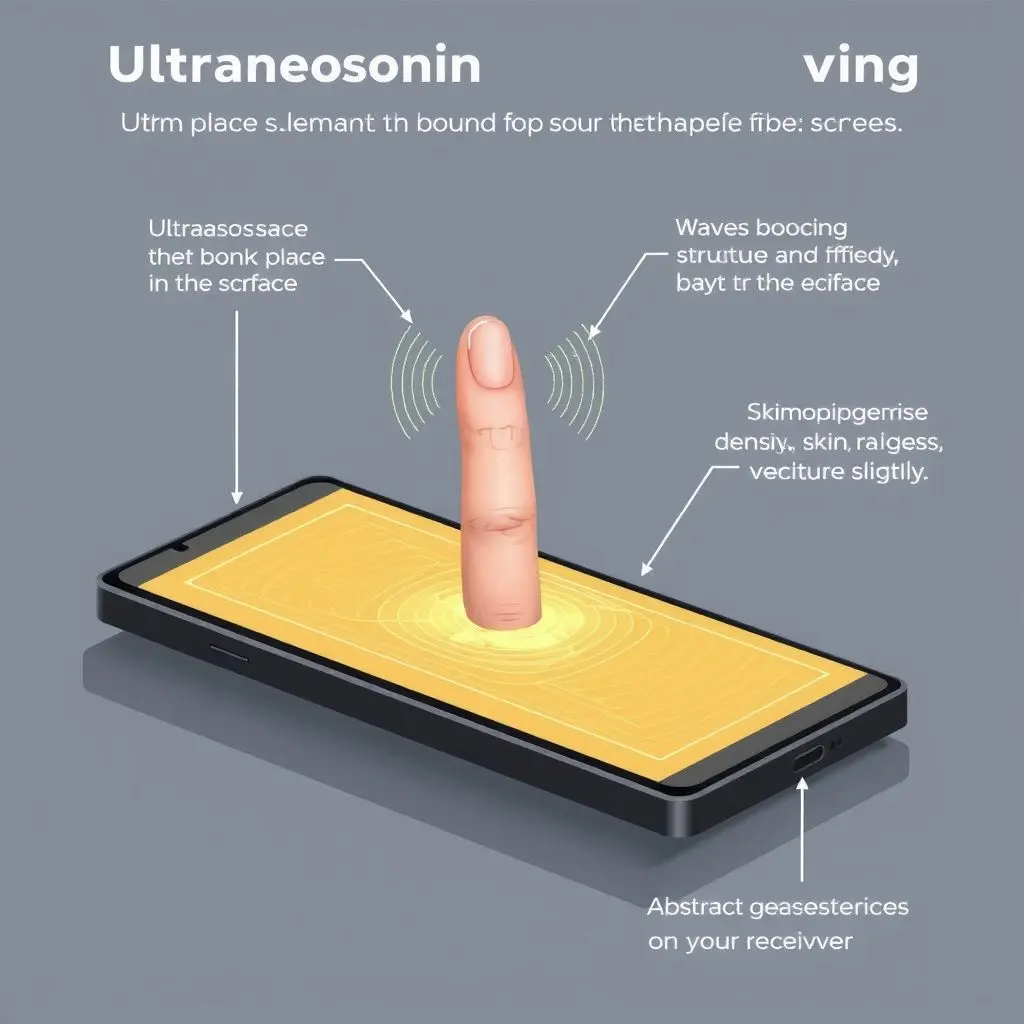
Pros of Ultrasonic Scanners:
- Unaffected by Surface Conditions: Because the sound waves penetrate the surface, moisture, lotions, dirt, grease, or minor cuts on the finger have little to no impact on the scan accuracy. It reads through the mess!
- More Secure: The 3D map and sub-surface detail make it significantly harder to fool with simple fake fingerprints. It requires replicating not just the surface pattern but also the internal structure, which is far more complex.
- Higher Detail: They capture more data (3D structure, pores) than optical scanners, leading to potentially more accurate matching.
- Can Work Under Displays: Their ability to penetrate materials makes them ideal for integrating invisibly beneath smartphone screens.
- Faster in some implementations: Newer generations are incredibly quick at authentication.
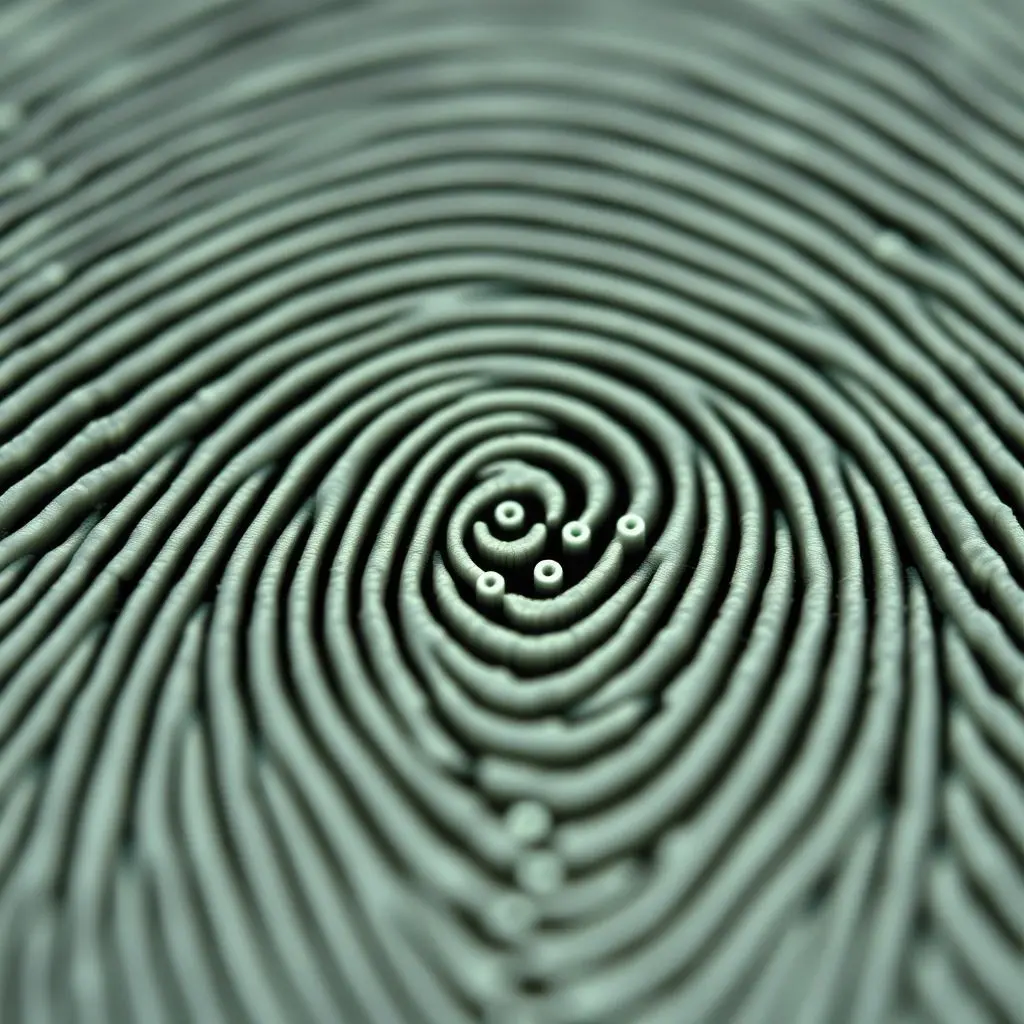
Cons of Ultrasonic Scanners:
- More Expensive: The technology is more complex and costly to implement than optical sensors.
- Pressure Sensitive (Sometimes): Some early implementations required firm pressure to ensure good contact for the sound waves. Newer generations are less sensitive.
- Affected by Severe Damage: While resilient to surface grime, significant cuts or scarring that alter the underlying tissue structure could still impact performance.
Optical vs. Ultrasonic: A Quick Comparison
To sum it up, here’s how they stack against each other:
- Technology: Optical uses light and a camera; Ultrasonic uses sound waves and echoes.
- Detail Captured: Optical gets a 2D surface image; Ultrasonic gets a detailed 3D map including sub-surface structures and pores.
- Surface Resilience: Optical struggles with moisture/dirt; Ultrasonic works reliably even with wet/dirty fingers.
- Security: Optical is more susceptible to spoofing; Ultrasonic is significantly harder to bypass.
- Placement: Optical is usually in buttons or dedicated areas; Ultrasonic is commonly integrated under the display.
- Cost: Optical is generally cheaper; Ultrasonic is more expensive.
Evolution and the Future
Fingerprint scanning technology continues to evolve. We’ve seen optical sensors improve, gaining better algorithms to handle challenging conditions. Ultrasonic technology is becoming faster, more precise, and potentially covering larger areas of the screen (full-display scanning is a future goal). As the demand for secure, convenient authentication grows, we can expect further innovations, perhaps combining elements of different technologies or integrating with other biometric methods for even greater reliability and security. Disclaimer: Predicting the exact future is tricky, but the trend is clear – towards faster, more secure, and seamlessly integrated solutions.
Frequently Asked Questions (FAQs)
Q: Can my fingerprint really unlock someone else’s phone with an optical scanner?
A: While less likely with modern, well-implemented optical scanners that use advanced algorithms and liveness detection, older or less sophisticated optical scanners *could* potentially be fooled by a high-quality fake fingerprint replica made from materials like gelatin. Ultrasonic scanners are significantly harder to spoof due to capturing 3D and sub-surface data.
Q: Why does my in-display scanner sometimes feel slower than the button one?
A: This can vary depending on the specific implementation and generation of the technology. Early ultrasonic in-display scanners could sometimes feel a bit slower than dedicated capacitive or optical button scanners. However, newer generations of ultrasonic tech have become incredibly fast, often rivaling or exceeding the speed of other types.
Q: Does screen protectors affect in-display ultrasonic scanners?
A: Yes, some thick or poorly installed screen protectors, especially tempered glass ones, can potentially interfere with ultrasonic scanner performance. The sound waves need to travel through the protector, and some materials or air gaps can impede the signal. Always check the manufacturer’s recommendations for compatible screen protectors.
Q: Are fingerprint scanners more secure than passwords?
A: It depends. Fingerprint scanning offers great convenience and is generally more secure against casual snooping than a simple PIN or easily guessable password. However, a complex, unique password is theoretically harder to crack than overcoming the technical hurdles of spoofing a sophisticated biometric scanner, especially if the scanner has vulnerabilities. Biometrics are often best used as a convenient unlock method or in combination with another factor (like a PIN or pattern) for enhanced security.
Q: Can my fingerprint data be stolen?
A: Your actual fingerprint image or template is typically stored securely on your device in an encrypted form, often within a dedicated secure enclave chip, not as a readily accessible image file. When you set up your fingerprint, the scanner captures the data, converts it into a mathematical template, and only that template is stored. The original image isn’t kept. When you scan to unlock, a new template is generated and compared to the stored template. The templates themselves cannot easily be reverse-engineered back into your actual fingerprint image. While no system is 100% impenetrable, significant security measures are in place to protect this data on modern devices.
Unlocking the Future, One Scan at a Time
From the simple light-and-camera trick of optical sensors to the sophisticated sound-wave mapping of ultrasonic tech, fingerprint scanners have come a long way. They’ve become an integral part of how we interact with our devices, offering a blend of security and convenience that was once the stuff of spy movies. The next time you press your finger to your phone and it instantly grants you access, take a moment to appreciate the intricate dance of light or sound happening beneath the surface, ensuring your digital world remains securely yours.
